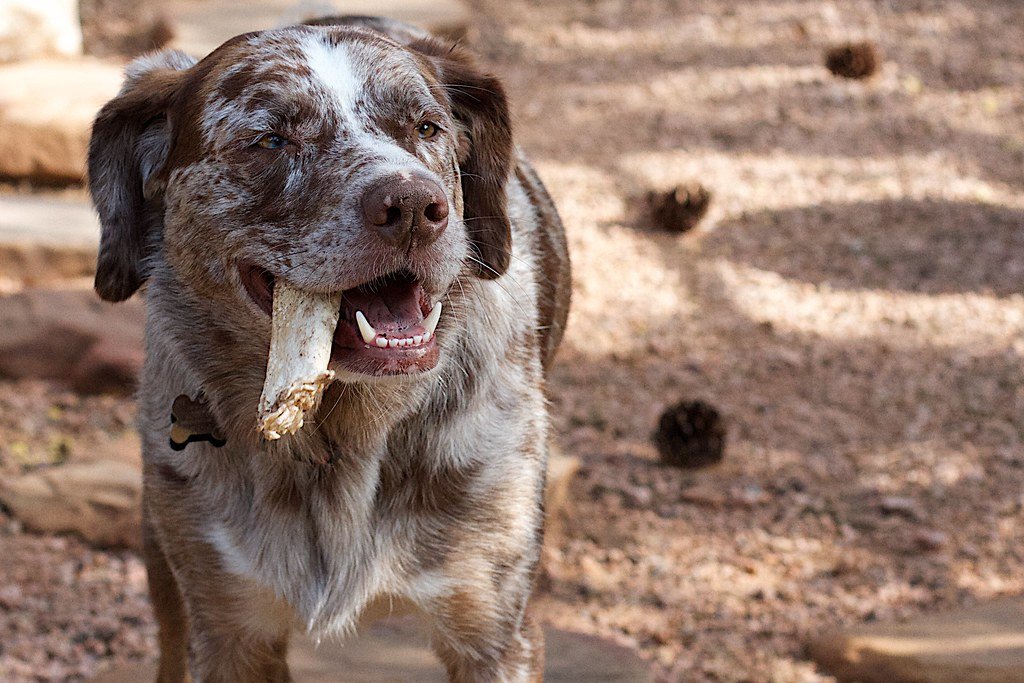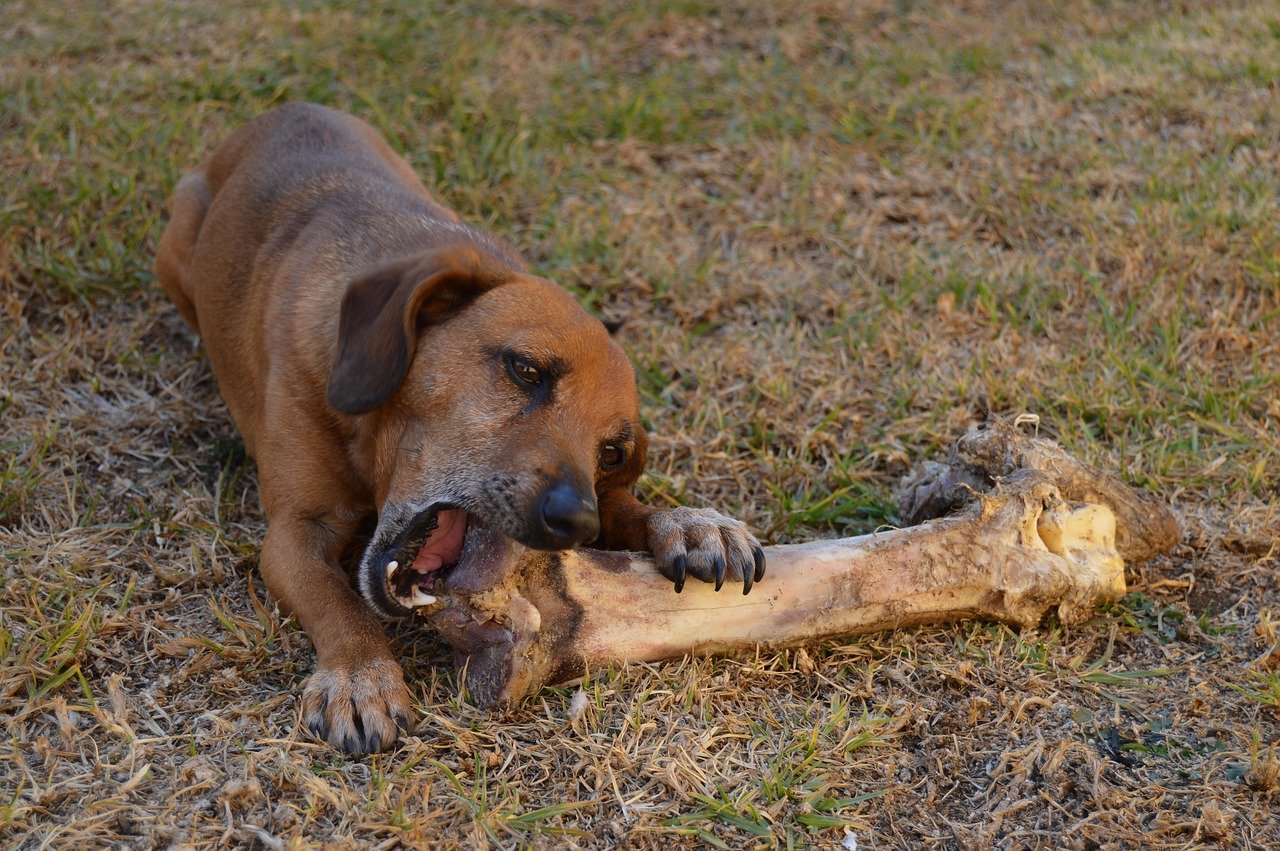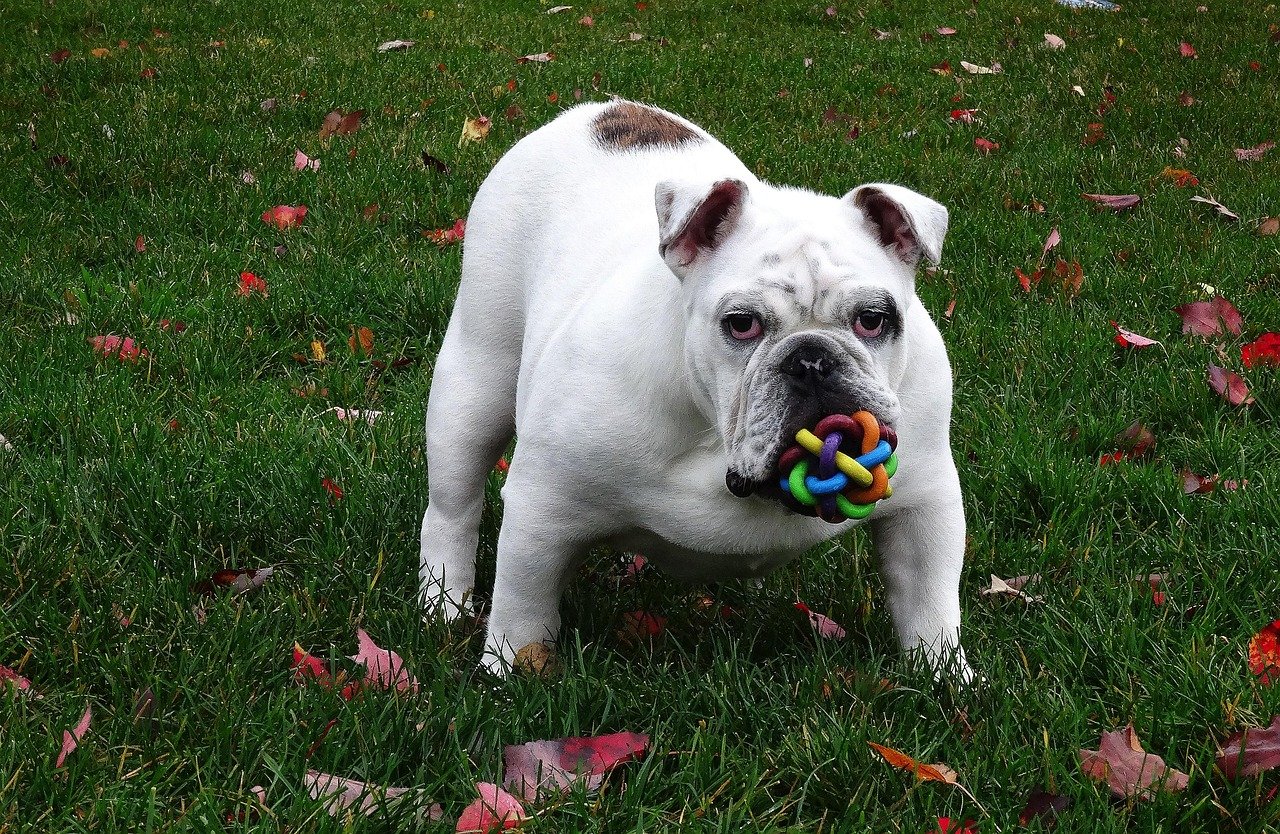Picture this: your furry best friend’s eyes light up when you pull out a shiny rawhide bone from the cupboard. Their tail wags with such hope, you almost feel like a superhero. But what if that treat, which looks so innocent, could actually do more harm than good? As someone who’s seen both the joys and heartbreaks of dog ownership, I know how tough it can be to make the right choices for our pups. Let’s take a closer look at why rawhide might not be the treat you hoped it was—and how you can keep your dog safe, happy, and healthy.
Choking Hazards Are More Common Than You Think

Many dog owners never imagine that something as ordinary as a rawhide could become an emergency. But here’s the reality: when dogs get excited, they often gulp down large chunks without much chewing. Those pieces can get lodged in the throat, creating a terrifying choking situation.
You might notice your dog pawing at their mouth, gagging, or suddenly looking panicked. It’s a nerve-wracking sight for any pet parent. Even if the bone doesn’t fully block the airway, it can still cause serious discomfort or even damage their mouth and esophagus. Keeping a close eye on your dog during chew time is crucial, but even then, accidents happen fast.
Digestive Blockages Can Turn Serious Quickly

Rawhide isn’t as easily digestible as you might hope. If your dog swallows a chunk that’s too big, it can get stuck somewhere along the digestive tract. This isn’t just uncomfortable—it can be downright dangerous. Symptoms like vomiting, loss of appetite, or straining to poop are red flags that something’s wrong.
If the blockage doesn’t pass, it could mean an expensive (and scary) trip to the vet for surgery. Sadly, many owners don’t realize the risk until it’s too late. Watching your dog for signs of tummy trouble after chewing rawhide is important, but prevention is the best medicine here.
Chemicals and Additives Could Be Hiding Inside

Most rawhide bones go through heavy processing before they ever reach your dog’s mouth. During this process, chemicals like bleach or artificial preservatives are sometimes used to clean and preserve the hides. It’s enough to make any pet lover uneasy.
Dogs have sensitive systems, and certain chemicals can trigger allergies or even long-term health issues. If you’ve ever noticed your pup scratching more than usual or getting an upset tummy after a rawhide session, hidden additives could be to blame.
Possible Bacterial Contamination Lurks in Many Bones

Even though rawhide is processed, it’s still an animal product, and that means bacteria like salmonella or E. coli can sneak in. This is a double-whammy—your dog can get sick, and so can any humans in the house, especially kids or those with weaker immune systems.
If you’ve ever picked up a rawhide that felt a little slimy, you know how quickly germs can multiply. Washing your hands after handling chews helps, but it’s impossible to guarantee bacteria-free treats unless you skip rawhide altogether.
Dental Health Benefits Are Often Overstated

It’s easy to believe that rawhide will keep your dog’s teeth sparkling clean. While some chewing can help scrape away plaque, rawhide isn’t always the hero it’s made out to be. In fact, if your dog chews too aggressively or gets a sharp piece, it can actually damage their gums or crack a tooth.
There are safer dental chews and toys designed specifically to promote oral health without the risks. If you’re worried about your dog’s breath or tartar, a chat with your vet can help you find better options that fit your dog’s needs and chewing style.
Allergic Reactions Are More Common Than You’d Expect

Dogs, like people, can have food sensitivities or allergies. The proteins in rawhide, not to mention any flavorings or dyes added during processing, can trigger reactions. You might notice itchy skin, ear infections, or even digestive upset.
If your dog starts scratching, losing hair, or developing hot spots after enjoying a rawhide, it could be more than a coincidence. Watching for these signs and knowing your dog’s normal behavior makes it easier to spot when something’s off.
There Are Safer, Healthier Alternatives Out There

The good news is you don’t have to give up on treats altogether. There’s a growing world of safer chews—think sweet potato slices, rubber toys, or single-ingredient dehydrated meats. These options satisfy your dog’s need to chew without the lingering risks of rawhide.
Every dog is different, so it might take a little trial and error to find what your pup loves best. Test out a few alternatives and watch how your dog reacts. It’s worth it to see that happy, healthy tail wag without worrying about what could go wrong.

Linnea is a born and bred Swede but spends as much time as possible in Cape Town, South Africa. This is mainly due to Cape Town’s extraordinary scenery, wildlife, and atmosphere (in other words, because Cape Town is heaven on earth.) That being said, Sweden’s majestic forests forever hold a special place in her heart. Linnea spends as much time as she can close to the ocean collecting sea shells or in the park admiring puppies.






